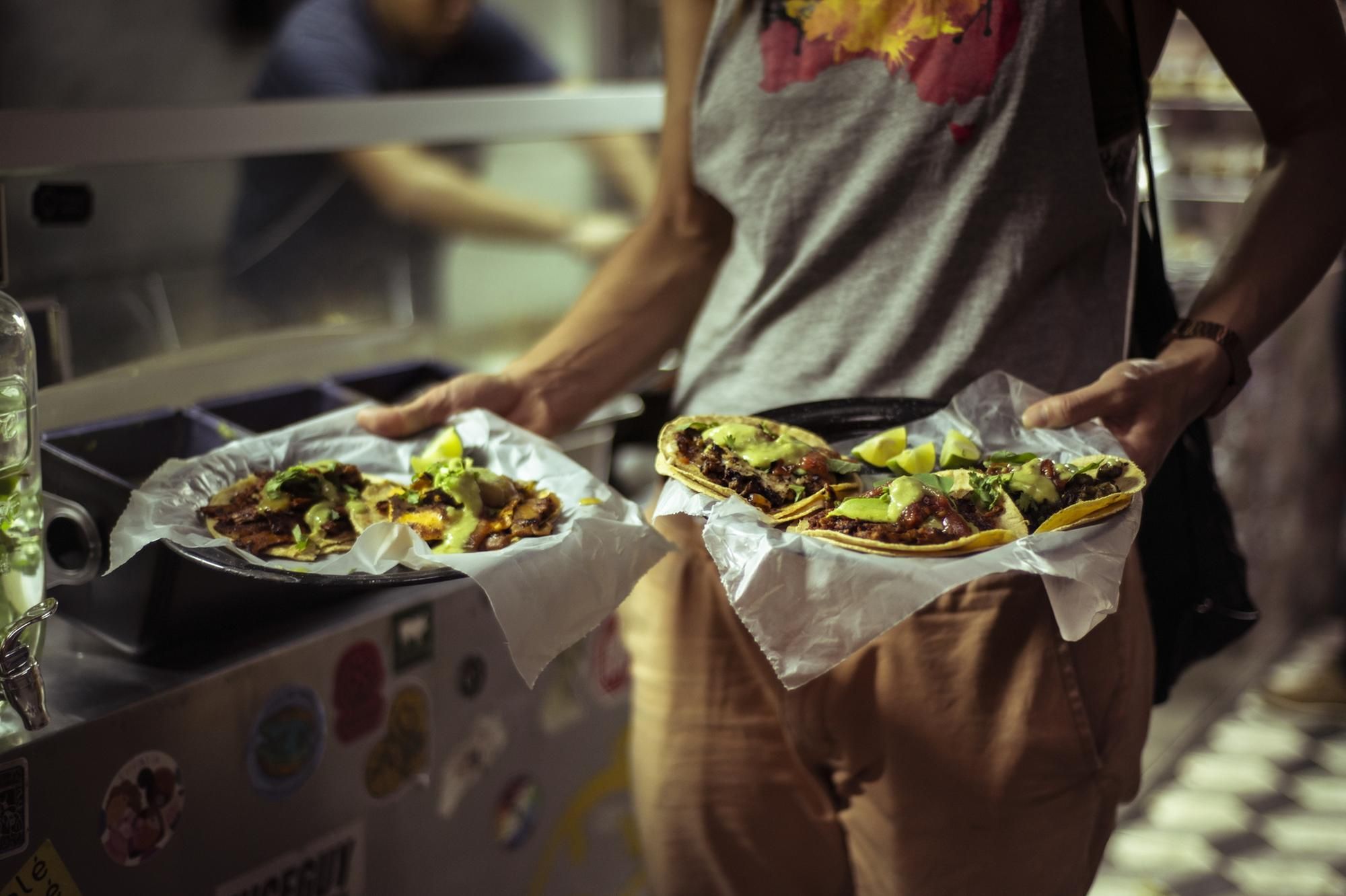The Mexican revolutionary appeared to be offended by the lavishness of the venue, complete with a hand-carved walnut bar imported from New Orleans, and expressed his displeasure by firing a few shots. However, I believe he would be more supportive of the current trend that is shaping Mexico City’s food scene – a commitment to showcasing locally grown produce in new and innovative ways. Davide Preziuso, the executive chef at Andaz Mexico City Condesa, is particularly excited about the growing interest in sustainable seafood.
“I want to show people that there’s more to seafood than just salmon and sea bass,” says Davide as we chat on the hotel’s rooftop, which boasts a vibrant food truck. “Personally, I love Mexico’s octopus – it can be fished without causing a significant impact.”
This approach has allowed Mexico to introduce its offerings to new audiences. “The Japanese have started buying our octopus and red tuna,” Davide explains. While this may not seem sustainable, it serves as a reminder that Mexico has a wealth of untapped resources.
Davide believes that the Juárez neighborhood could soon surpass Condesa as the culinary hotspot. Once known as a place for buying stolen car parts, Juárez has undergone a transformation thanks to a recent influx of entrepreneurs attracted by low rent prices.
Notable newcomers to the area include Masala y Maiz, a restaurant that combines Indian and Mexican cuisines, and the upcoming Latin American branch of the Soho House, set to open in late 2023.
Another culinary genius putting Juárez on the map is José Luis Cervantes, the founder of Joe Gelato. The gelateria, adorned with graffiti-style illustrations about gelato production, offers unique flavors like mezcal and olive oil. José, who previously worked as a chef in Sydney and Tokyo, as well as studying at Bologna’s Carpigiani Gelato University, is passionate about showcasing Mexico’s lesser-known treasures.
Chef Elena Reygadas, recently named Latin America’s Best Female by the World’s 50 Best Restaurants, is another advocate for unique Mexican cuisine. Her restaurant, Rosetta, located in the Roma neighborhood, stands out with its art deco architecture in contrast to the city center’s baroque buildings. Elena’s passion lies in exploring the connections between food and the environment, and her Rosetta Notebooks have become highly sought-after collectibles.
The drinks scene in Mexico has also undergone a transformation. While mezcal remains popular worldwide, Ticuchi in Polanco, led by beverage director Javier Gomez, focuses on lesser-known Mexican spirits. Their specialty cocktails feature ingredients like pepino and Liquor de Chile Ancho. Javier prefers working with small, local producers who are motivated by passion rather than profit.
“In the Zapotec language, ‘Ticuchi’ means bat, which is a crucial pollinator in the agave industry,” Javier explains. Ticuchi’s success relies on their team of agave enthusiasts who seek out unique spirits produced by these small, often undiscovered producers. By supporting local and embracing creativity, Ticuchi pays homage to the agave spirits industry, a nod that Pancho Villa would surely appreciate.
Denial of responsibility! VigourTimes is an automatic aggregator of Global media. In each content, the hyperlink to the primary source is specified. All trademarks belong to their rightful owners, and all materials to their authors. For any complaint, please reach us at – [email protected]. We will take necessary action within 24 hours.


